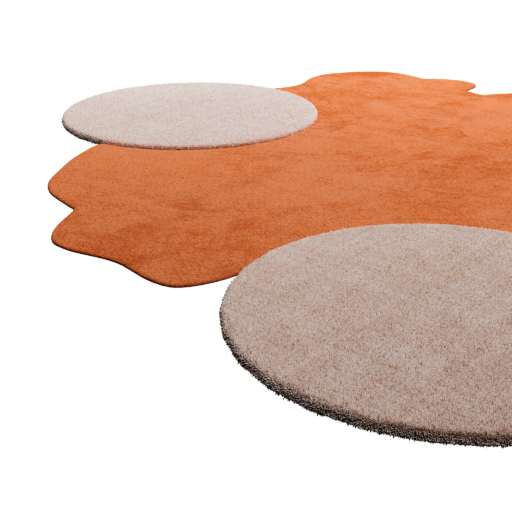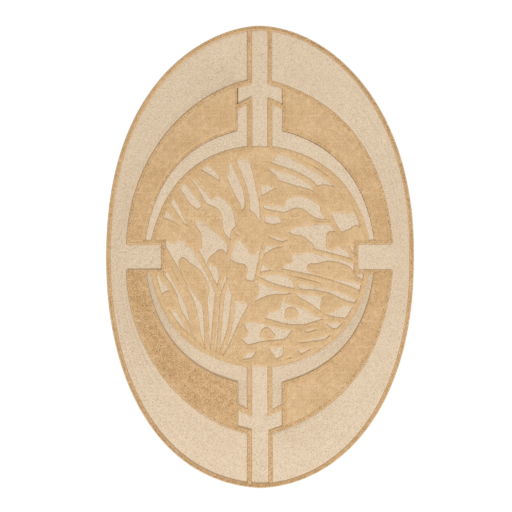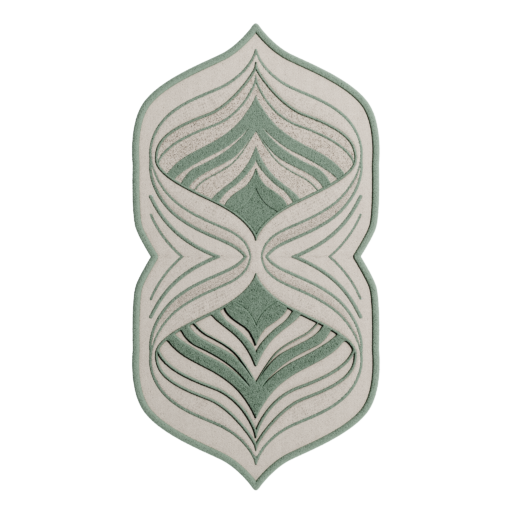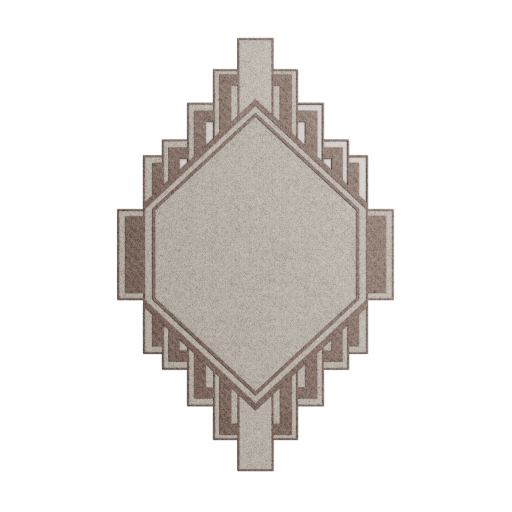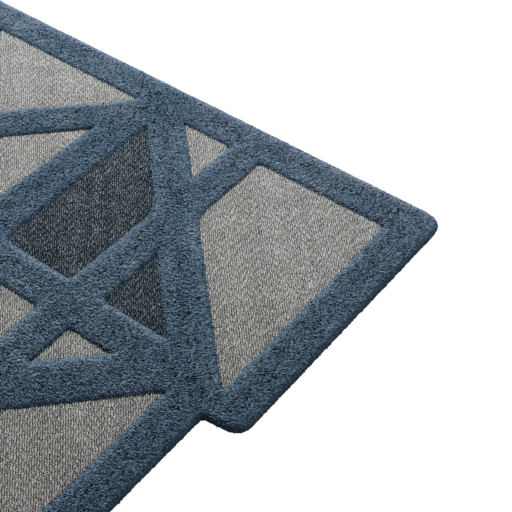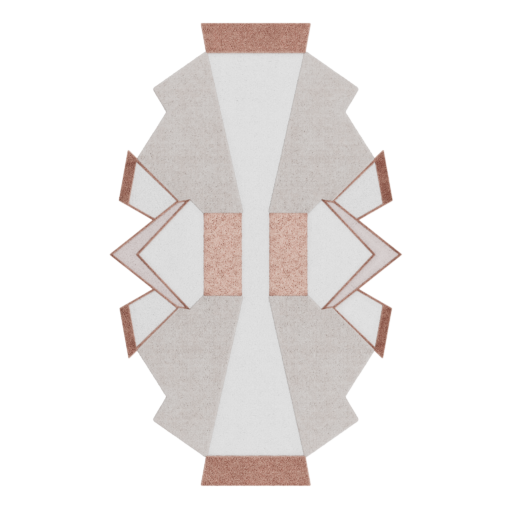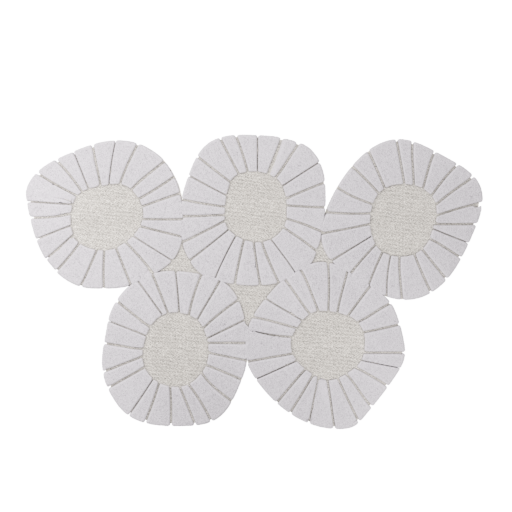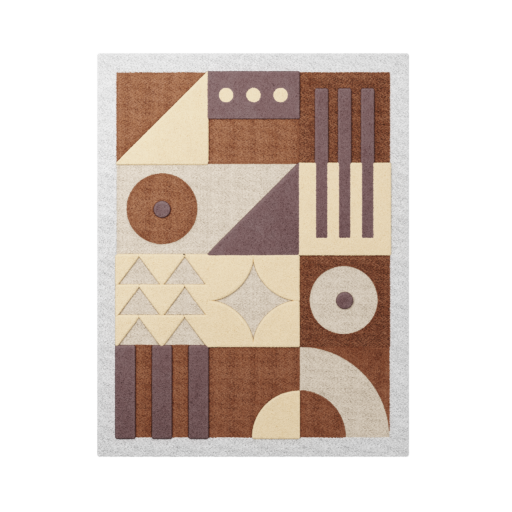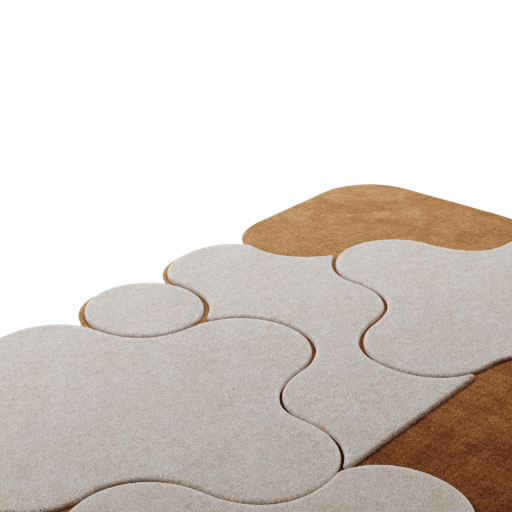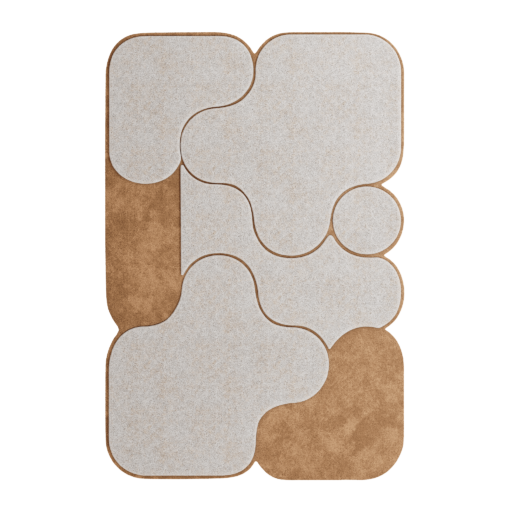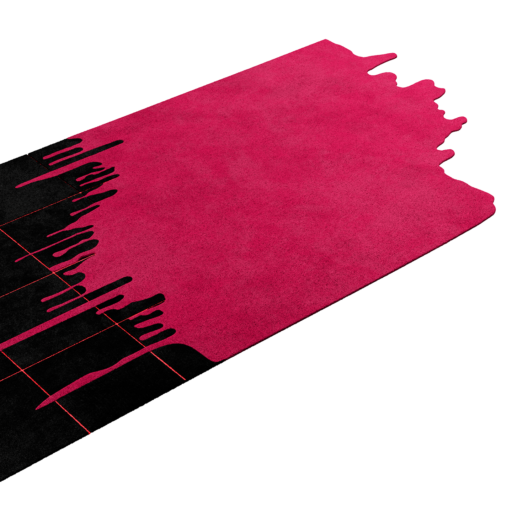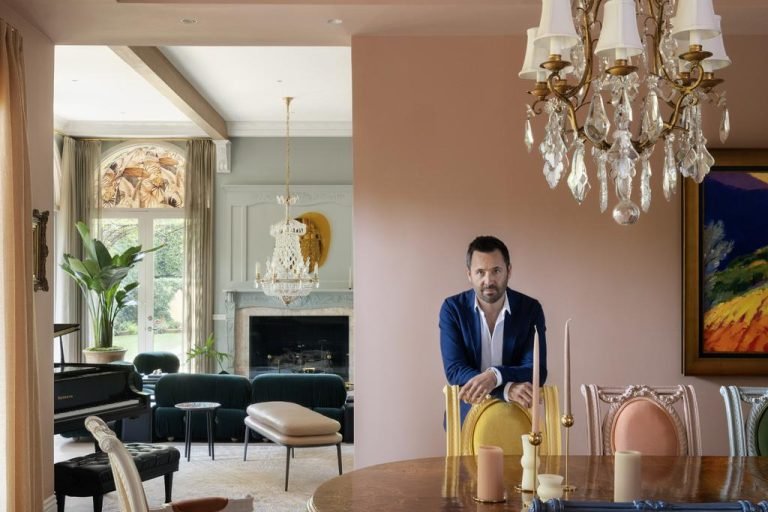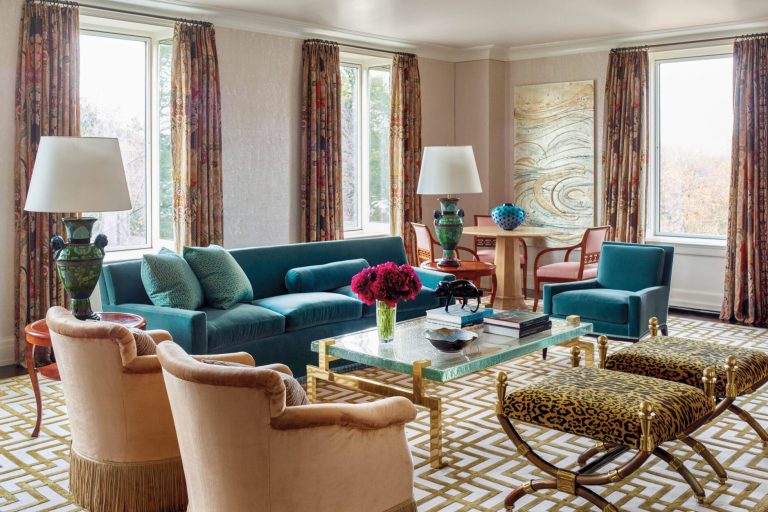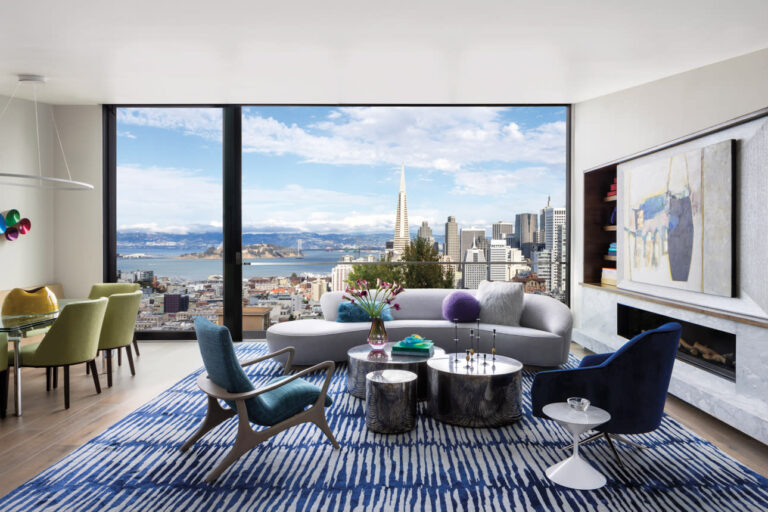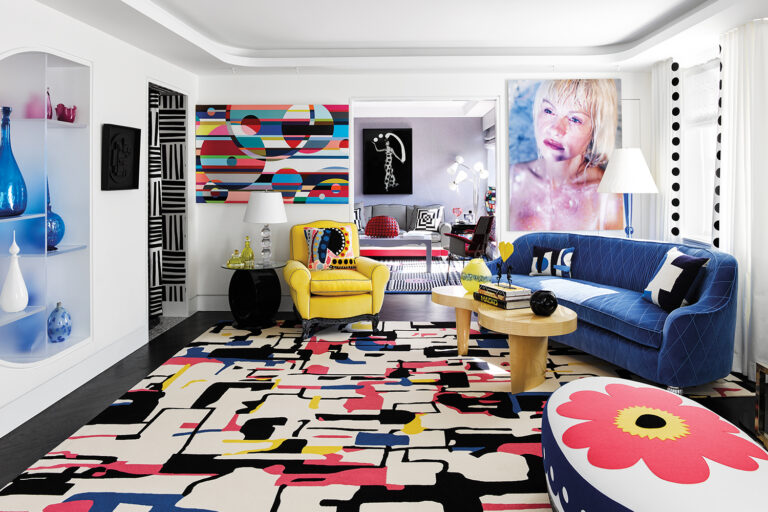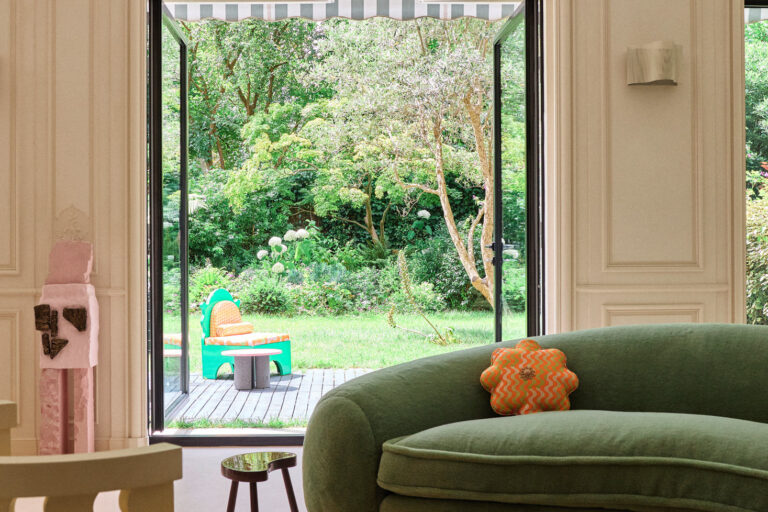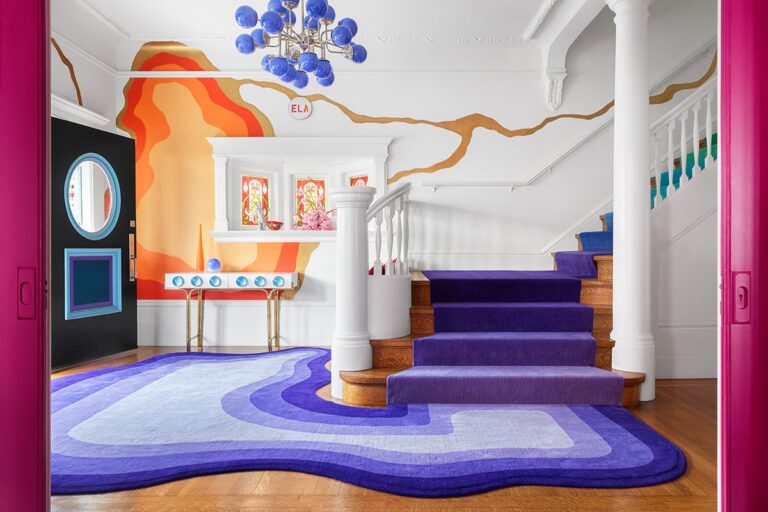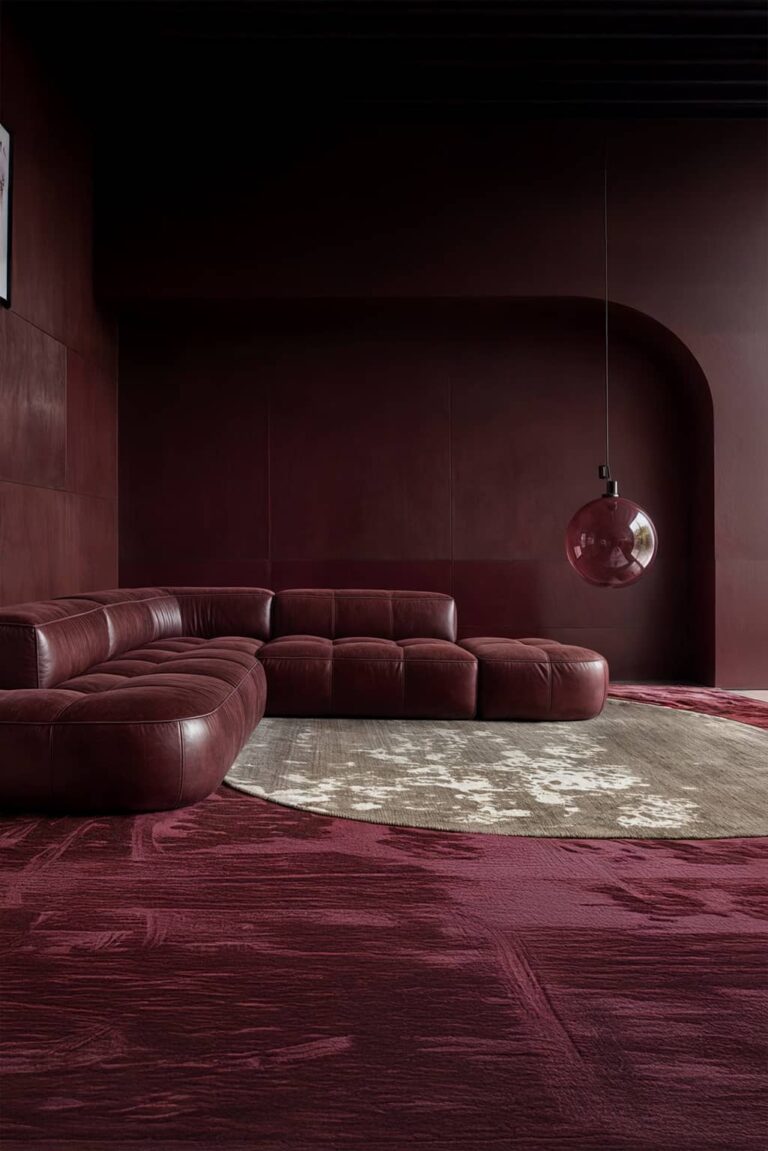Discover how to design a stylish, functional family home that combines traditional and modern elements. Tips on creating a space that’s both fun and refined.
Many dream of designing the perfect family home. The goal is to create a space that meets the practical needs of a growing family while offering an aesthetic that reflects personal style. Balancing function and beauty is no small feat, but with the right approach, it is entirely achievable.
A family home is more than just a place to live; it is where memories are made, life’s milestones are celebrated, and everyone feels at ease. Whether it is a house full of young children or teenagers or multi-generational living, each family has unique needs and preferences. Designing a home that accommodates these needs without sacrificing style is key.

To create a family home that’s both beautiful and functional, various design elements—layout, furniture, color schemes, and the integration of family-friendly spaces—must be considered. Striking the right balance between comfort and elegance can make all the difference in transforming a house into a true family sanctuary.
This article will explore tips for designing a family home that is versatile, stylish, and ideally suited for daily living. From blending traditional and modern styles to incorporating fun and refined details, this article will show you how to create a space that’s not just a house but a home.
Tips for Designing the Ideal Family Home
1. Plan for Flexibility and Function
When designing a family home, flexibility is key. Families evolve, and so should their living spaces. Think about how each room can serve multiple purposes over time. For example, a nursery that later transforms into a study area or a playroom that can easily be converted into a home office as children grow older.
Open-plan layouts are particularly popular for family homes as they allow for better communication and interaction between family members. A flexible layout with modular furniture can make it easy to adapt rooms as your family’s needs change.
Rugs can enhance flexibility in open-plan layouts by defining distinct areas, like a reading nook or play zone. Modular rugs are especially useful, allowing you to easily rearrange or update the space as your family’s needs change.

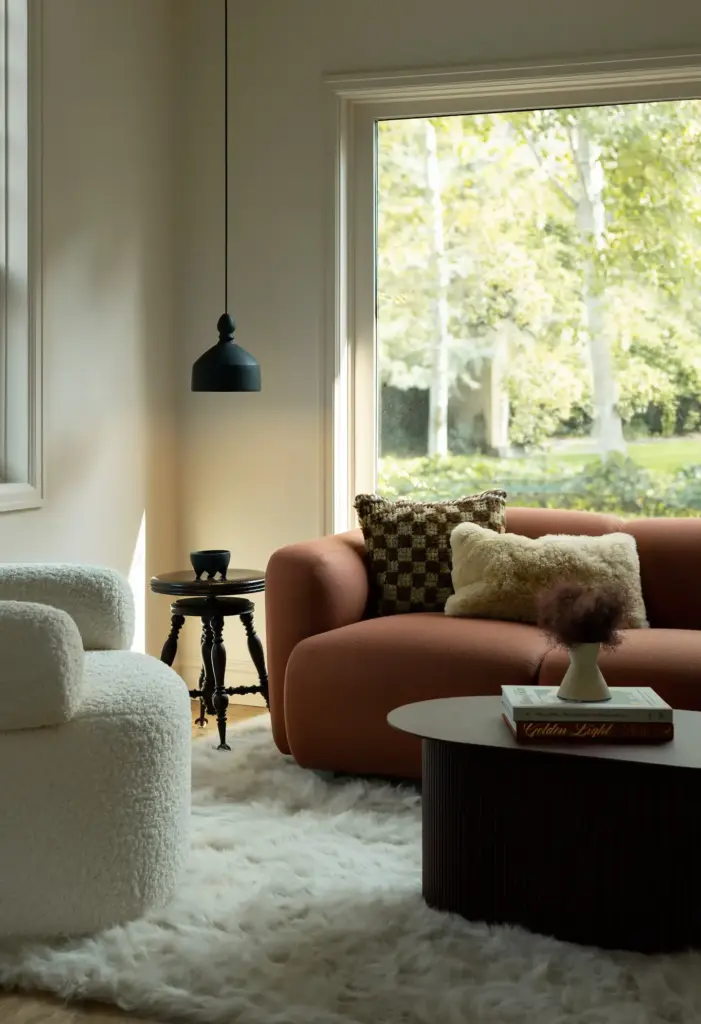
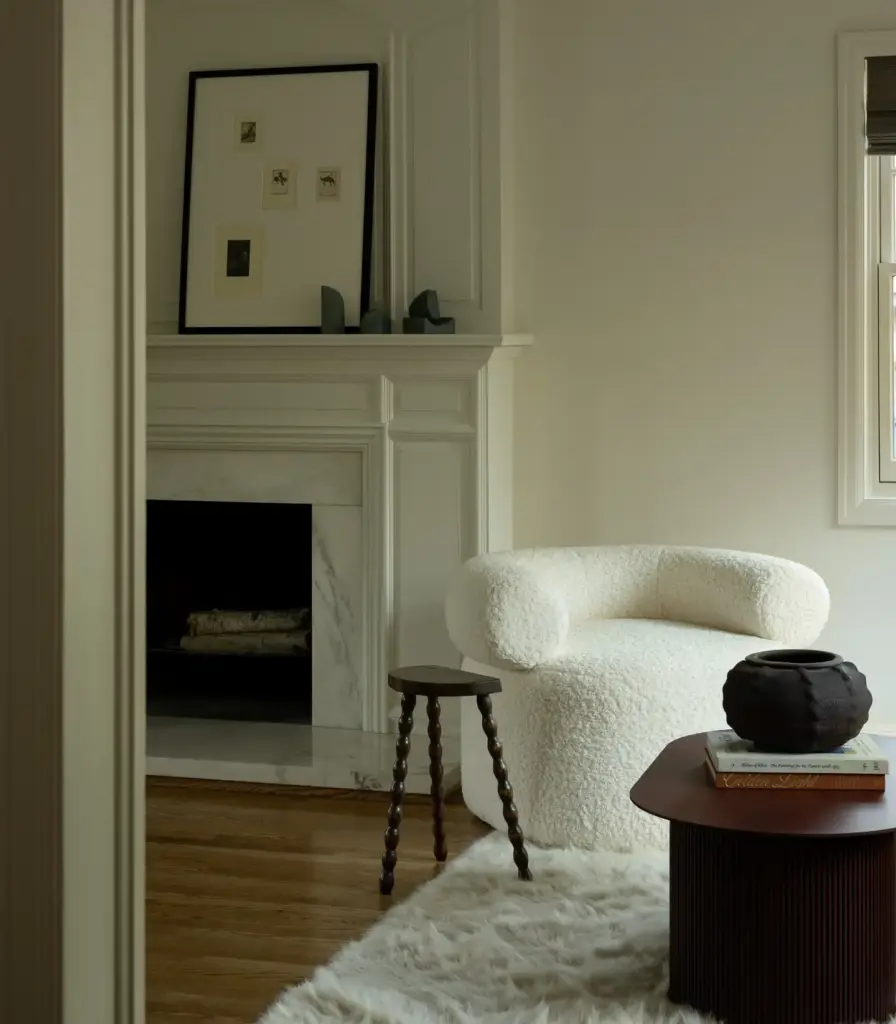
2. Embrace Color to Create Warmth
The right color palette can transform any space, especially in a family home. While neutral tones work well for creating calm environments, consider adding pops of color to create energy and excitement. Bold accent walls, vibrant rugs, or playful art pieces are great ways to incorporate color without overwhelming the space.
For example, a modern family home might have a base of subtle tones like gray or beige, with colorful accents in the living room, such as a bright sofa, cushions, or a unique lamp. This approach adds personality to the home without compromising its timeless appeal.
Rugs are an excellent way to introduce color and texture into a space. A bold, patterned rug can anchor a room, adding visual interest and warmth. Whether you choose a vibrant rug to contrast with neutral furniture or a softer hue to complement the room’s color scheme, rugs offer a simple way to update the look of a space while maintaining a cohesive design.
3. Incorporate Comfortable, Durable Furniture
Family homes are high-traffic areas, so investing in durable, comfortable furniture is essential. Look for practical and stylish pieces—think sofas with washable covers, dining tables that can withstand everyday use, and beds with sturdy frames that can last for years.
Multi-functional furniture, like fold-out beds or extendable dining tables, is also worth considering to maximize space and functionality. This is especially useful in smaller family homes where every inch counts.
Rugs not only add comfort and warmth to high-traffic areas, but they also protect your floors from wear and tear. Choosing durable materials, like wool or synthetic fibers, ensures that rugs can withstand daily use while still looking stylish. A well-chosen rug can also be a great way to tie a room together, complementing your furniture and adding an extra layer of texture and color.
4. Create Zones for Different Activities
Every family has different needs regarding how they spend their time at home. Creating distinct zones within your family home for various activities is essential to ensure everyone has their space while maintaining a sense of togetherness.
For example, you can designate a cozy reading nook in the living room, a media zone for movie nights, or a study area for homework and projects. Clearly defining spaces within an open-plan design ensures that the home remains functional and organized.
Rugs help define these zones by adding visual separation without the need for walls. A cozy rug in the reading nook or a bold rug in the media area can anchor each space, enhancing both comfort and style.

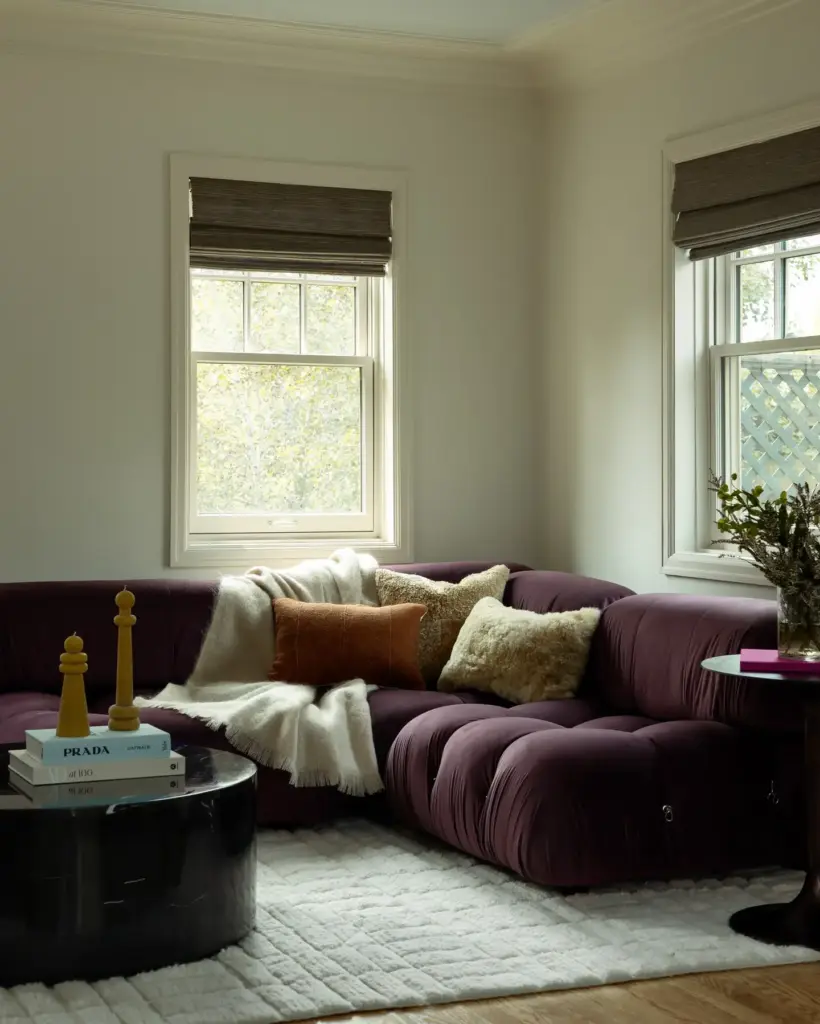

5. Incorporate Smart Technology
In today’s world, incorporating smart home technology into your family home is more than just a luxury—it is a necessity. Bright lighting, temperature controls, and security systems can help make your home more energy-efficient and secure while also adding convenience.
For example, a family home can benefit from voice-activated assistants, programmable thermostats, or motion-sensing lights to ensure efficient and user-friendly space. These technologies can make day-to-day living easier, especially for busy families.
Rugs also complement smart homes by offering easy maintenance with stain-resistant materials. Some rugs even integrate with smart features, like heated pads, adding both comfort and functionality to your living spaces.
6. Focus on Storage Solutions
A well-designed family home needs ample storage to accommodate toys, books, clothes, and all the other essentials of family life. Consider custom shelving, built-in cabinets, and clever storage solutions like under-bed drawers or multi-purpose furniture that can hide clutter.
Wall-mounted shelves and storage bins can also help keep rooms tidy, especially in areas where things tend to pile up, such as the entryway or living room. Prioritize storage solutions that are easy for everyone to use, including children.
Rugs can also help with organization by adding texture and warmth while hiding imperfections or stains. They can define areas for toys or books, keeping clutter contained while enhancing the room’s overall design.
7. Incorporate Outdoor Living Spaces
Outdoor areas are an extension of the family home and can significantly enhance your living experience. Whether it is a spacious backyard or a small balcony, creating an outdoor space where family members can relax, play, or entertain is invaluable.
Consider including a garden, a seating area for family dinners, or even a play area for kids. The outdoor environment can contribute to the overall wellness of the family, offering a retreat from the hustle and bustle of daily life.
Outdoor rugs are perfect for adding comfort and style to your outdoor spaces. They help define seating areas and add warmth, making outdoor gatherings more inviting. Choose durable, weather-resistant rugs to withstand the elements while enhancing your patio, deck, or garden area.
8. Personalize with Family Memories
Lastly, a family home should feel personal and connected to the family members. This is where family memories are made, so do not be afraid to display photographs, heirlooms, and personal items that tell your family’s story.
Whether a gallery wall in the hallway or personalized throw pillows on the couch, adding these personal touches makes a home feel welcoming and unique.
Rugs can also add personality to a room, with colors and patterns that reflect your family’s style. A unique rug can bring warmth and charm, enhancing the space’s overall feel.
Creating the Perfect Family Home: Style, Function, and Trends
Designing the perfect family home is a thoughtful, creative process requiring attention to style and function. By planning for flexibility, incorporating color, selecting durable furniture, and creating spaces that encourage family interaction, you can craft a home that meets practical needs and fosters connection and comfort.
As you look ahead to the future of home design, it is important to stay updated on the latest trends and innovations. Download our Trends 2025 eBook to explore the top design and home living trends shaping family homes in the coming years, brought to you by TAPIS.

Sources: 1stDibs
